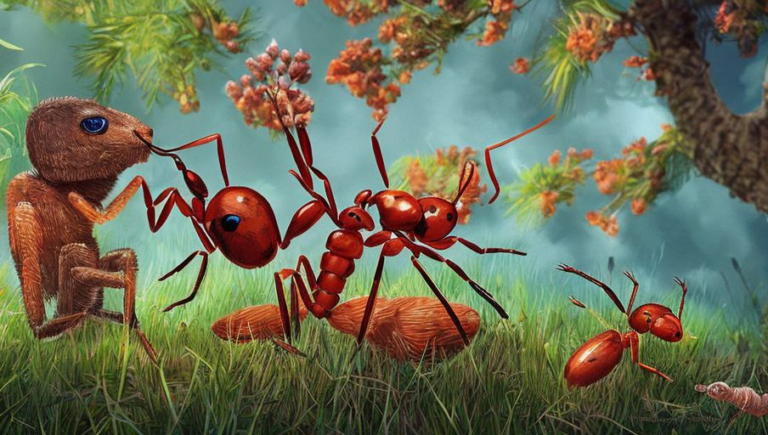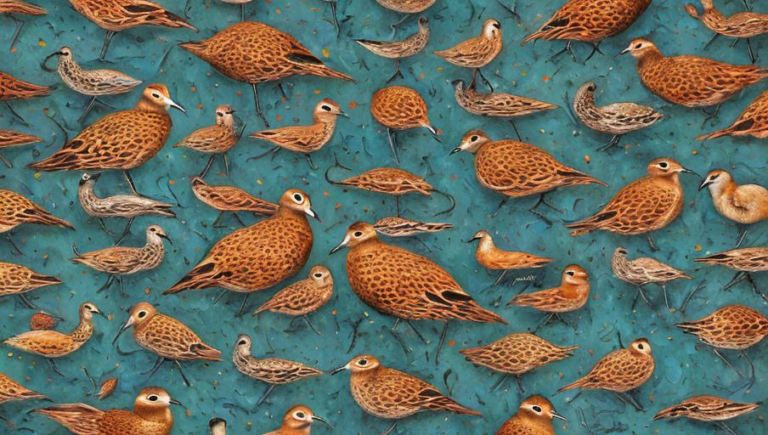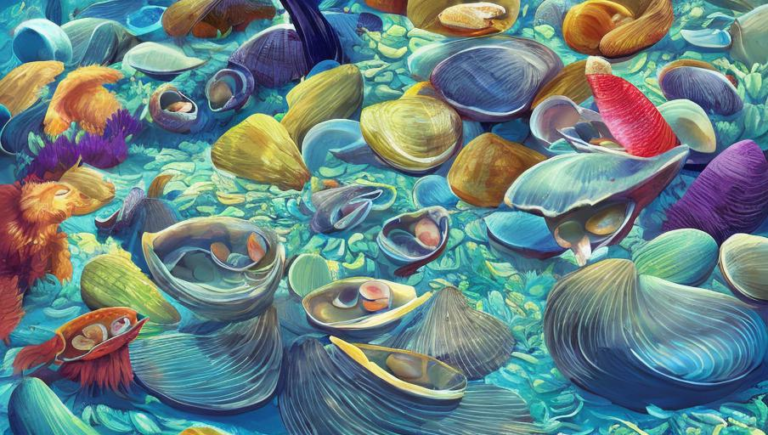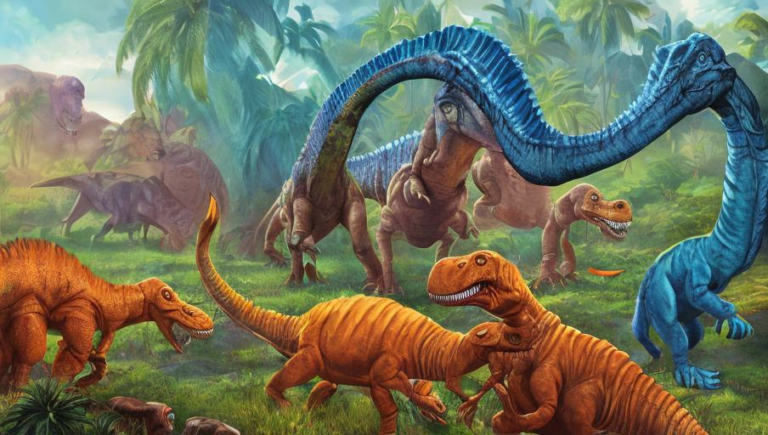Unearthing Facts About the Armadillo’s Diet
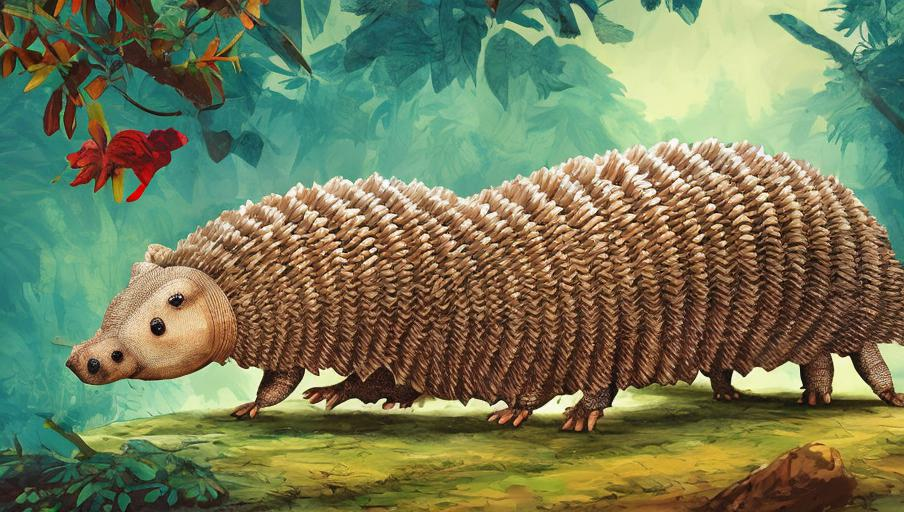
Unearthing Facts About the Armadillo’s Diet
The armadillo is a small, burrowing mammal native to the Americas. These fascinating creatures have adapted to the dry and arid conditions of their environment, and have evolved unique feeding adaptations to survive. Armadillos have a varied diet that consists of both plants and animals, but they have some remarkable traits that set them apart from other animals.
A Unique Digestive System
The armadillo has a unique digestive system that allows them to extract nutrients from a variety of sources. They have an unusually long intestine and a large stomach, which allows them to break down food more efficiently. They are also able to process large amounts of vegetation, which helps them to extract more of the nutrients from their food.
Foraging for Food
Armadillos are omnivores, meaning they will eat both plants and animals. They forage for food, mostly at night, and their diet consists of insects, worms, fruits, vegetables, and even small vertebrates. They also eat carrion, or the remains of dead animals, and many species of armadillo have special adaptations that allow them to detect the smell of carrion.
Adaptations to Survive in Dry Conditions
The armadillo has evolved numerous adaptations to survive in the dry conditions of its environment. For example, they have evolved thick skin that helps them to conserve water, and their burrowing habits help them to stay cool during the hot days. They also have a long snout which helps them to dig and find food more easily.
Protecting the Armadillo
The armadillo is an important species in its environment, and it is important to protect it from becoming endangered. Habitat destruction is a major threat to the armadillo, as well as hunting and the illegal pet trade. Conservation efforts are needed to ensure that the armadillo can continue to thrive in its habitat.
Conclusion
The armadillo is a fascinating creature with a unique diet and many adaptations to help it survive in its environment. Its long intestine and large stomach allow it to extract more of the nutrients from its food, and its thick skin helps it to conserve water. It is important to protect the armadillo from becoming endangered and to ensure that its habitat remains intact.
